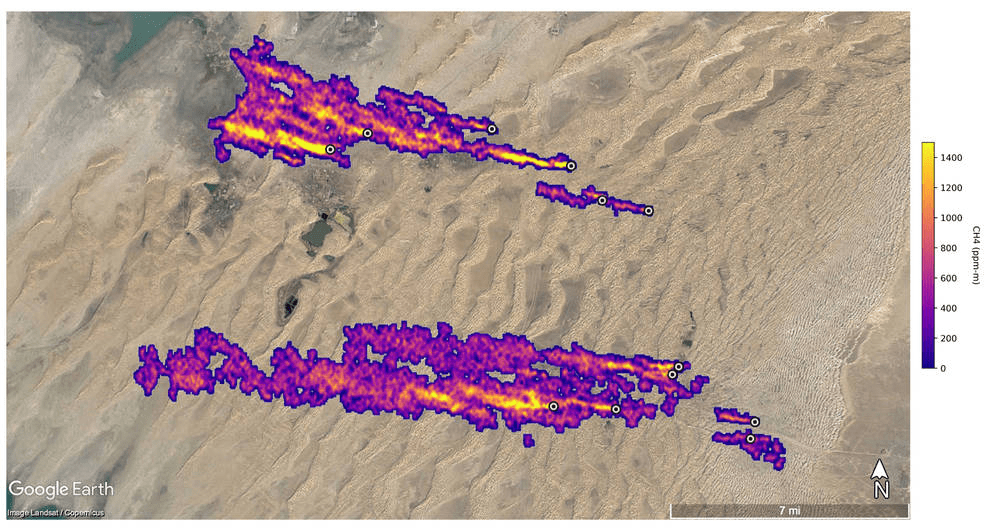
- Ghostly 5 Year OCS leasing plan: Zero to 11 lease sales! The goblins want production to end.
- Atlantic witch trials (moratoriums): The US Atlantic could contain >20 billion bbls of oil equivalent.
- California offshore: The gremlins have created a decommissioning puzzle that is impossible to solve.
- Ghoulish outsiders are dictating Alaskan exploration policies.
- Skeleton SPR – 45% reduced and still shrinking!
- Witches hex on turbine blades? 17 years after offshore wind was authorized, and still no utility-scale project.

More Halloween horror reported by our friends in Wyoming:
The supply of diesel in the United States has dropped to its lowest seasonal level since 1945, according to federal data, meaning there’s less than a month of the fuel stockpiled in the country.






